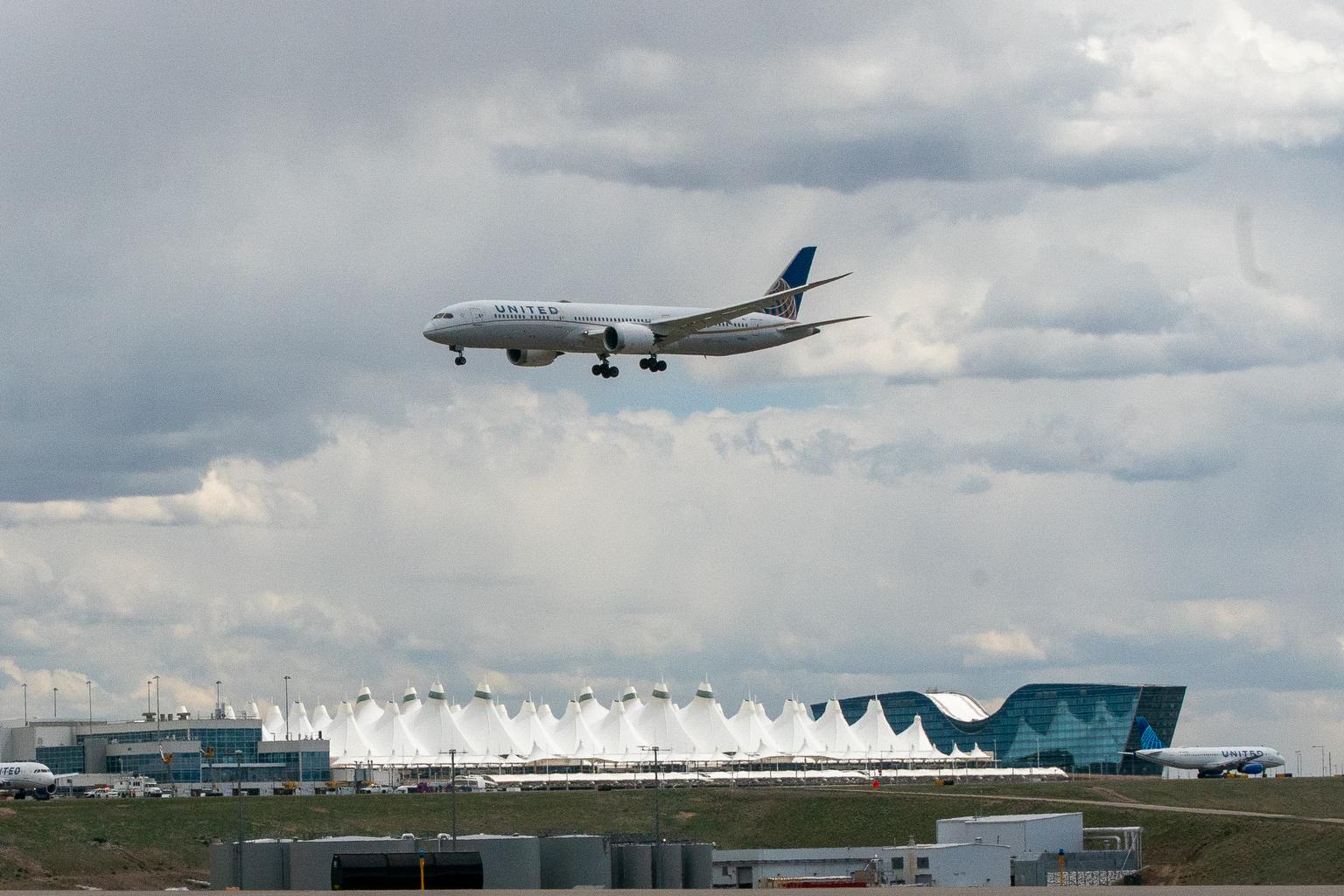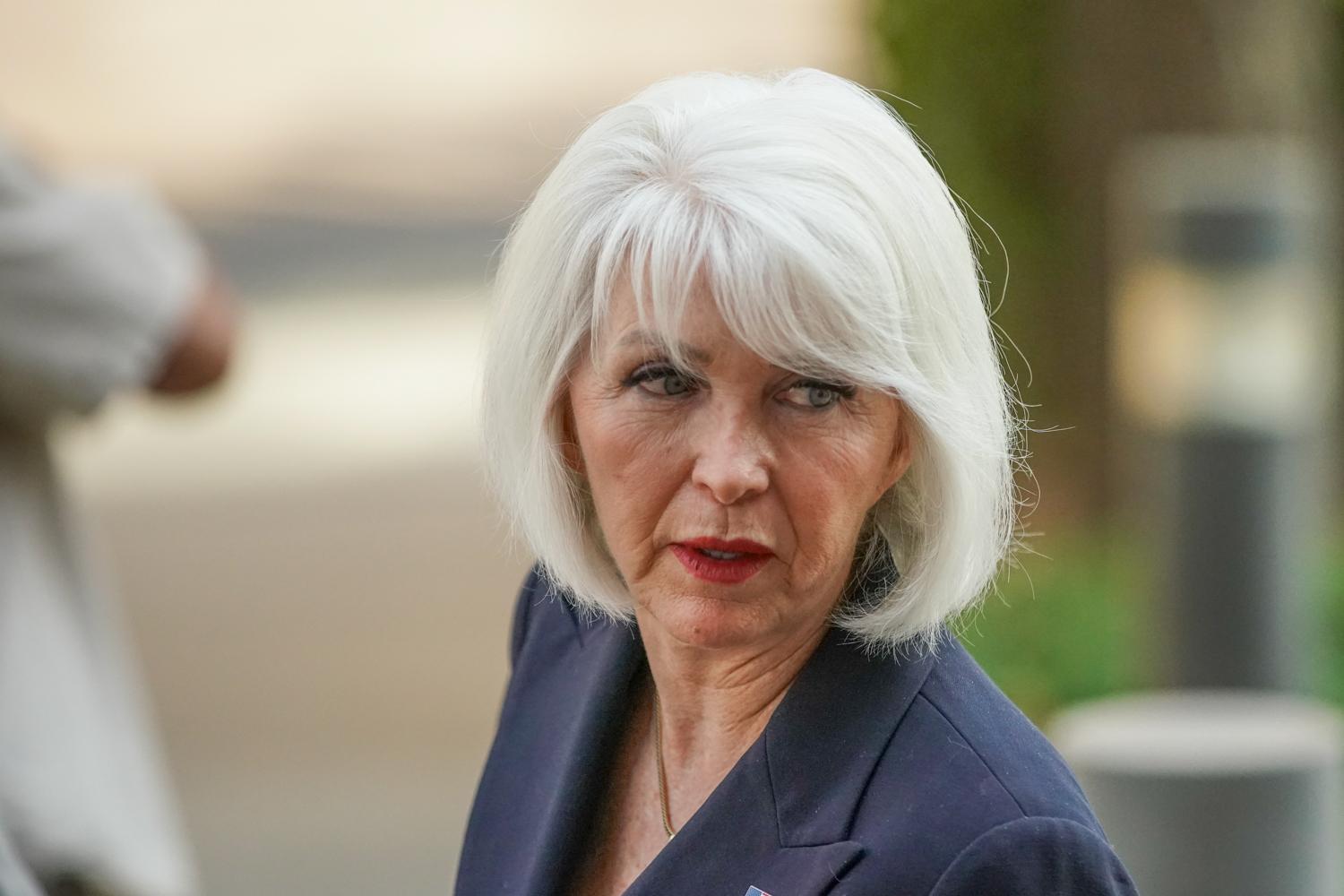
Updated 2:36 p.m., May 15, 2025
The Federal Aviation Administration is investigating the cause of an outage that interfered with communication between pilots and an air traffic control center in Longmont earlier this week.
Denver7 first reported that as many as 20 pilots on their way to DIA were unable to speak with air traffic controllers due to multiple radio transmitter outages for several minutes Monday afternoon. According to the TV station, four frequencies from the two main towers at the Denver Air Traffic Control Center in Longmont were already out of service, leaving controllers to rely on a backup channel that briefly went down.
The FAA confirmed the outages Thursday morning.
“Part of the Denver Air Route Traffic Control Center (ARTCC) experienced a loss of communications for approximately 90 seconds around 1:50 p.m. local time on Monday, May 12, when both transmitters that cover a segment of airspace went down. Controllers used another frequency to relay instructions to pilots. Aircraft remained safely separated and there were no impacts to operations. The FAA is investigating,” the statement said.
The Denver ARTCC in Longmont is responsible for 285,000 square miles of airspace, covering nearly all of Colorado, as well as portions of Wyoming, Montana, South Dakota, Nebraska, Kansas, New Mexico, Arizona and Utah. According to a welcome manual for hires, it assists “in the safe, orderly, and expeditious flow of air traffic” to airports within its jurisdiction, handling an average of 1.8 million aircraft a year. That works out to nearly 5,000 per day.
Many are simply aircraft passing through. They report to controllers on weather conditions at 30,000 feet or so and get direction, if needed, on the altitude they should maintain to stay safely separated from traffic around them. Others are on the way to Denver International, one of the nation's busiest airports, and the Longmont controllers provide them with a radio frequency to contact and then hand them off to their DIA approach.
Deputy FAA chief Franklin McIntosh was questioned about the incident during a U.S. House hearing Thursday morning and pushed back on the Channel 7 reporting, saying it misrepresented the severity of the situation.
“When the backup went down — and it went down for approximately two minutes — the controller recovered via the emergency procedures that they have,” explained McIntosh. “It's also important to note that the aircraft at the time of that frequency outage, they were all separated by air traffic procedures and separation standards. There was no loss of separation (between planes).”
David Riley, a retired air traffic controller who worked on both the DIA approach and in the DIA tower, said his understanding from speaking with controllers in Longmont is that the frequency that facility used to speak with pilots went dark just before 2 p.m. Monday. A backup frequency also failed to work. Controllers briefly used a shorter-range VHF frequency to communicate with one pilot who then relayed information to other planes to switch to yet another backup frequency.
Controllers knew where the planes were, and at no point were any in jeopardy.
"I can't speak to the age of the equipment, other than it's old and needs replacement," Riley said. "One of my sources in tech ops even mentioned that this type of outage is so commonplace that it's just how they conduct business on a daily basis."
The Longmont outage comes as the FAA is under scrutiny for a host of air traffic control problems around the country, including a radar and radio blackout that left Newark International Airport scrambling earlier this month.
“Most of the telecommunications system is the very best technology of the 1980s,” David Grizzle, the Chief Operating Officer and head of air traffic control for the FAA during the Obama administration told NPR earlier this month. “This problem is decades in the making. The FAA, the air traffic control system, has been underfunded for decades.”
At a Senate hearing with FAA officials earlier this week, Colorado Sen. John Hickenlooper said he’s been hearing from constituents worried about the safety of air travel right now, but that he feels confident onboard collision-avoidance systems and other back-ups are keeping planes safe during communication blackouts.
“Am I correct in communicating that confidence that everyone should feel they are absolutely safe when they’re flying?”
“Absolutely, people are safe when they fly,” Deputy FAA chief Franklin McIntosh responded.
CPR’s Megan Verlee contributed to this report.









